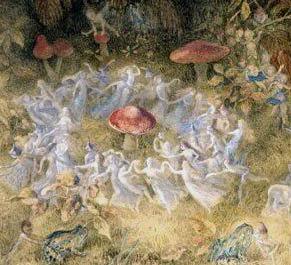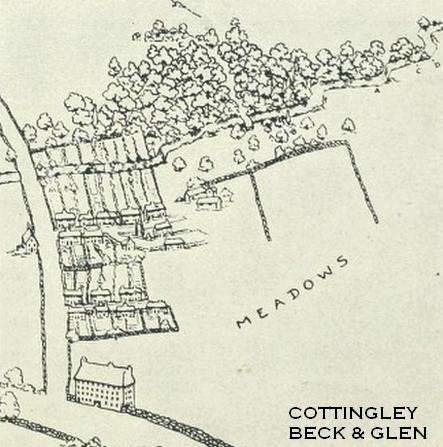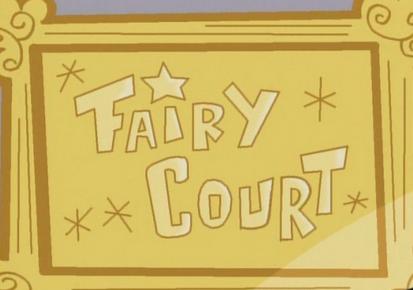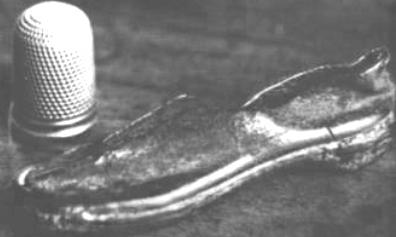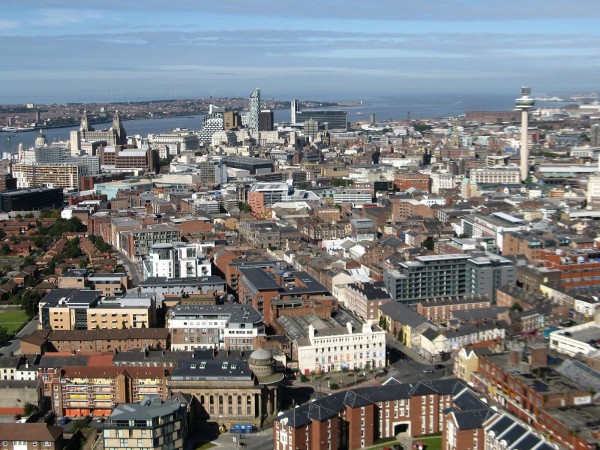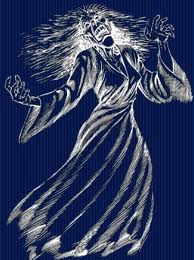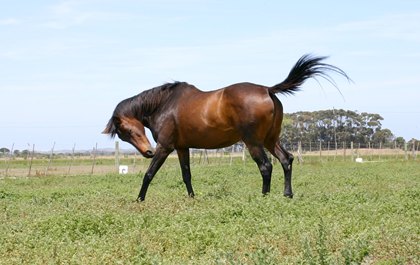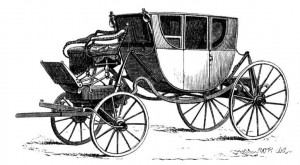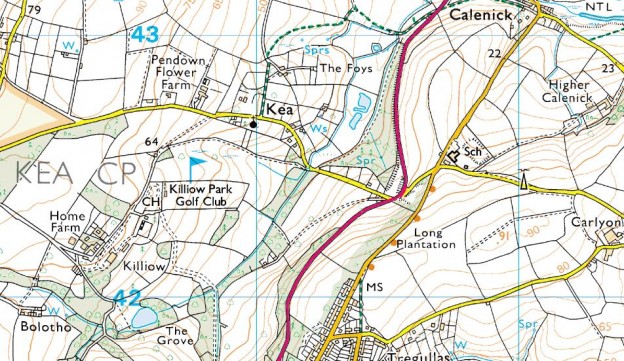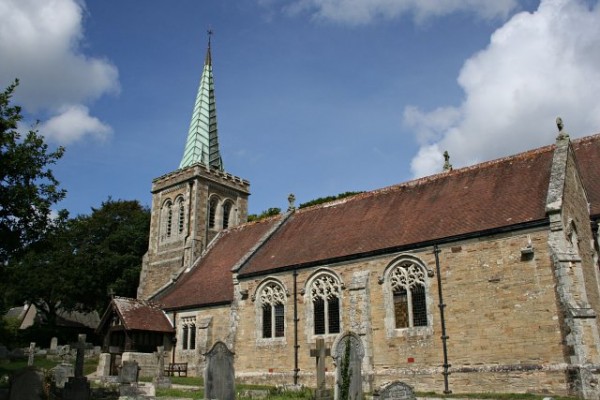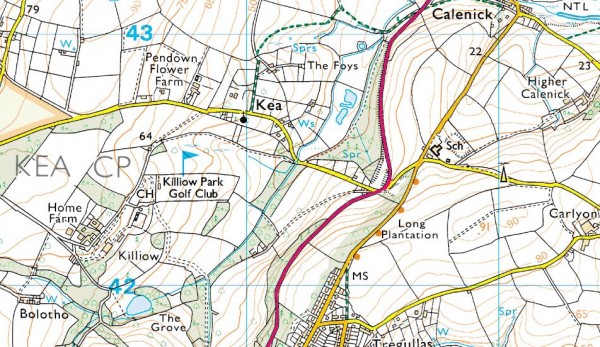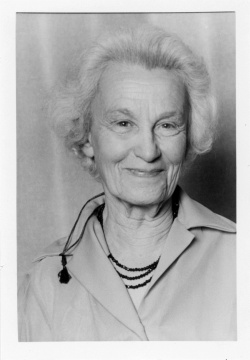
Editor’s Note: This comes from the writing of the famous theosophist Dora van Gelder.
For the purposes of description, I shall take an ordinary fairy of the surface of the land, a common woods or garden fairy which we may consider the most typical of them all. This kind may be said to be in mid-stream of fairy evolution; it is constant touch with mankind; it is found in various colors and sizes nearly everywhere on earth; it has been seen by many people. These fairies are, in fact, so common that it is easy to pick out an individual for analysis. This one happens to be a green fairy fo the New England Woods.
He is some two feet six inches tall, with a slender body and a head which is rather larger in proportion to his body and a head which is rather large in proportion to his body than is common among adult human beings.
His body is made of matter in a state much more like vapor than anything else we know of in our wolrd but the form is quite definite and lasting. The material of his body is as loosely knit as the vapor from the spout of a boiling tea kettle, and is somewhat of the nature of a cloud of coloured gas. In fact, it is exactly that, only the gas is finer than the lightest we know, and is less readily detected even than helium or dydrogen. But his does not prevent it from being held together in a form, for it is not a chemical but a living substance, which life saturates and holds together. In truth, his power over this matter as a living creatures is shown by the fact that his body is composed of two distinct densities of material. The body proper is a true emerald green and fairy dense, considering that stuff of which it is made; around this on all sides, both front and back, is a much thinner cloud of the same matter in which he is not so vividly alive. This thinner portion, which extends from all sides of his body proper, is a lighter green.
All this material is virtually the stuff of which feelings are made. It is vital matter. The movements of our friend are due to his desire to be somewhere or to do something. Since the matter of which he is made is itself of the nature of living emotion, instead of a complicated system of venins, muscles and nerves, when he feels an emotion his body responds immediately and directly.
I must explain that although I see through the thinner outer part of his body, and although the denser part or body proper is so tenous that one almost feels one sees into it, yet this does not prevent him from having some organic structure, although it is much simpler, I think, than any animal’s physical body could be. The principal inner organ appears to be what we might call his heart, whichis a glowing and pulsating center about where a human heart would be. This is golden light. It pulsates very much like a human heart, but simply in and out. When he is active it is rapid and when he is quiet it is slow. This organ is his center of vitality and it appears to circulate vital currents all over him, so he has a primitive system of circulation which is a kind of blood and nervous system combined. The head has a special structure, but is not much centred in his his head, for his principal experience is through feeling and life. On rare occasions, when he is curious or tries to think, his head glows a little also with the same sort of golden light from within. As he never eats, he has nothing like a digestive system, but he has a mouth and other facial organs. Before I pass to the latter, however, I must mention that this heart has one peculiarity. The fairy can control it, and that is how he gets into touch with things around him, particularly living beings. When he wants to respond to a plant, he makes his heart beat at the same pulse rate as the plant. This synchrony makes them unified. As said elsewhere, the secret of the fairy life rhythm. Each kind of fairy (whether water, land, air or fire) comes into the world with a limited and definite range of rhythmic power, according to his species and his own personal nature. Within this range he controls the rhythm of vitality by his desires and feelings.
This heart thythm is a matter of vital contact with things around him, but his sensations and responses to a stimulus from without works whether or not he is in synchrony of identity with the person or creature. That is, he has something corresponding to our sensory mechanism. He is all sensation, and so he does not get sense impressions exclusively through specific organs or perception like eye or ear, but rather in a general and yet vivid way all over him. He saturates himself in things that give him a sensation. It is true, however, that this is rather more actue and specialized in certains parts of his body. For instance, he does have eyes of a kind, and he seems to turn in order to get a good look at a thing, but he can be well aware of something visible behind him because his whole body feels the radiation from it. His senses include a sense of smell – all over him – for he bathes in what is evidently the perfume of sweet-smelling flowers, but he also does the same thing with flowers which appear to me to have no fragrance at all. So he is more sensitive in this particular than we are, not less. He has not sense of taste, for being emphemeral he does not eat, but he certainly receives sound and responds to music, and here again, he response is all over his body. He has something like ear orifices, and sometimes pointed ears, but I think the soun actually is received all over him, and the ears serve for interpretation in some way.
In the average fairy the faeical features are rudimentary. The one sense which seems to be localized in a special organ is sight. For a fairy does not come and peer at one. The eyes are not well defined, and in most cases, have no lids or brows or lashes, for he has no need of such things. He often has a protuberance like a nose, and as a rule, suggestions of ears. His mouth is a line, within any wrinkles around it, and it curves a little to express feelings of amusement and pleasure (all of which his whole form expresses far more vividly), but he rarely opens his mouth and does not appear to have any teeth. When he does grin, the mouth draws back and bcomes longer in an amusing way, but wrinkles form around it or around his eyes. His face is a soft tan and sort of furry looking mop of green mossiness surrounds it.
One singular fact is that when one looks at him sideways his head is nearly as thick from front to back ad his body, and he does not possess much of a neck. Anotehr thing about these common woods fairies is that they either have long legs and a short body or short legs and a long body. They seldom exhibit the proportions familiar to us.
When our green friend moves he does not woalk from place to place, but floats. His desire draws him, or his need to be at some spot. Of course, when he wants to he can hop abou tin lively fashion and jump up and down. He has legs and arms without much detail of fingers and toes, and a hand will often enough be like a foot. All the knotty muscles and sinews we see in the bodies of animals are lacking here. He is slender and graceful and quaintly agile (van Gelder 1977 20-24).
